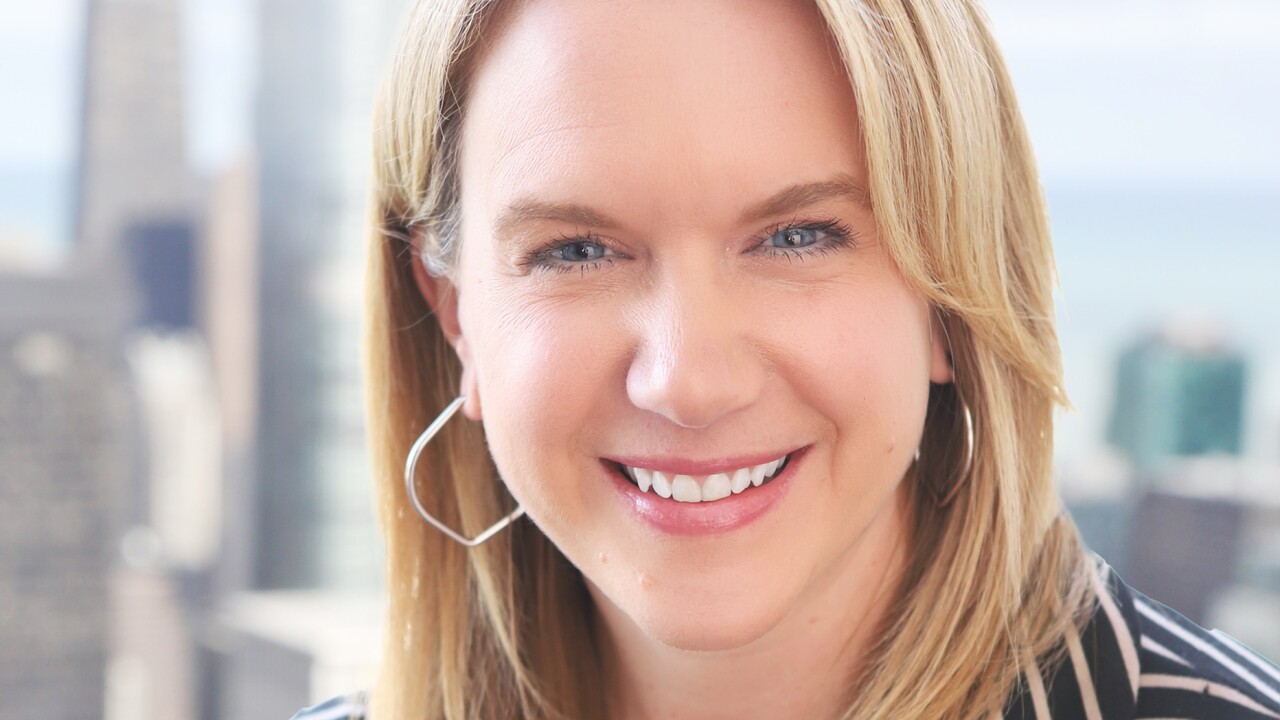-
Taking their cues from popular consumer brands and digital upstarts, financial institutions are modernizing their websites, ATMs, and mobile apps in hopes of creating a better digital banking experience and, ultimately, attracting and retaining more customers.
March 7 -
Kansas City's UMB Bank has rolled out an in-house tech support program to help get its less-tech-savvy customers comfortable with digital channels. It also hopes the initiative will help it boost retention rates and perhaps even capture a larger share of the customer's wallet.
March 25 -
Community banks can't win on size, but their values give them an upper hand in competing against cookie-cutter megabank branches.
February 25 -
The best customer prospects are specific individuals, so don't fall into the trap laid by surveys and articles that recommend a grand pitch to Generation Y as a marketing strategy.
February 1
Steve Jobs famously obsessed over the details of Apple products. Where Google TV designers produced a clumsy 78-button plastic remote, Jobs’ designers developed a beautiful three-button aluminum stick for Apple TV that made navigation second nature, for instance.
He knew well-designed experiences could trigger emotional responses. The classy packaging of iPhones and iPads set expectations for the special products within. Apple products are intuitive, require minimal instruction and have cultlike followers who are willing to pay handsomely for their love affairs. The tech giant’s retail stores are designed as welcoming places where new users can go to learn to use products or to receive free tech support at genius bars.
For Jobs, design was a critical element of providing an outstanding customer experience regardless of the medium. For banks, design doesn’t come close to matching the customer commitment as perhaps the most trusted corporate brand in the U.S. Not even in our oldest channel: the branch.
Where Apple is focused on maximizing customer satisfaction, banks are focused on themselves – at least, that’s what customers think. A 2015 survey from
It’s a common refrain and a perception that’s not new. Former Supreme Court Justice Earl Warren is famously quoted as saying: “I hate banks. They do nothing positive for anybody except take care of themselves. They're first in with their fees and first out when there's trouble.”
Likewise, consumers still believe banks exploit them, charge excessive fees and reduce them to an account number. The frequency of news stories about banks' federal penalties and settlements for manipulation and deception certainly reinforces the perception.
Some bankers think the negative stereotyping is offset by the personal service customers receive from an in-branch experience. But sadly, in-branch transactions seem to frustrate customers even more.
A
Gerard du Toit, a Bain partner and lead author of the study, told
Big banks’ satisfaction scores have been increasing over the last few years. Those satisfaction scores actually mirror the rise in mobile banking – which require no staff involvement.
Supporting this idea is Bain’s research. It also found mobile apps used for routine transactions are one-third more likely to delight consumers compared with similar transactions in the branch. In comparison, a routine branch visit is 2.4 times more likely to annoy.
It would be a very troubling scenario if the more we interact with customers, the more they dislike us. It would suggest cutting back on person-to-person banking and reducing all of us to financial utilities where personality and experience mean nothing.
To avoid such a fate, we need to apply Jobs-like thinking to our business priorities and provide outstanding customer experiences, including in our branches.
If we are not to be reduced to anonymous transaction processors, we must emulate Jobs’ passion for putting customers first. We must search for new, innovative ways to improve the customer experience. The first step may be reassessing how we handle branch visitors.
Kevin Tynan is senior vice president of marketing at Liberty Bank in Chicago. He can be reached on Twitter





